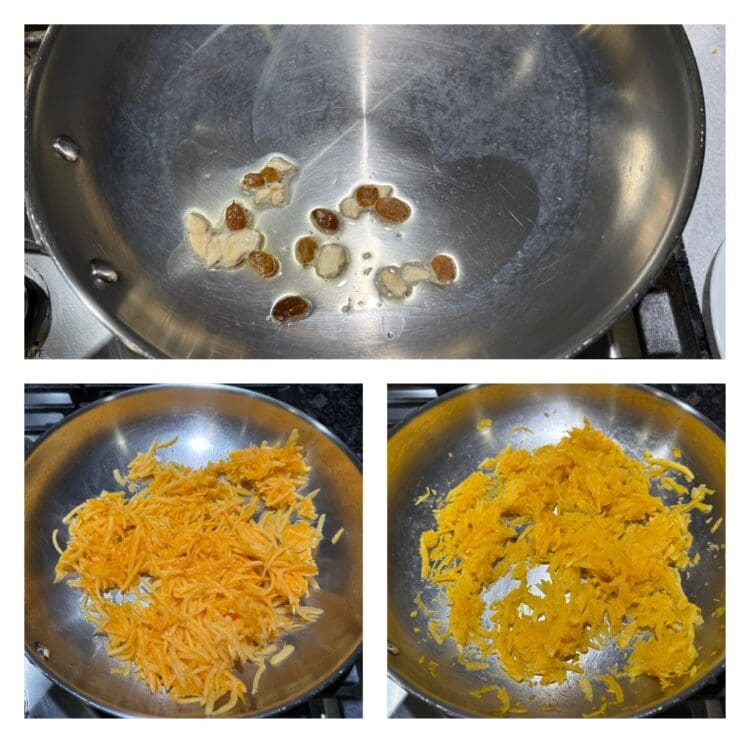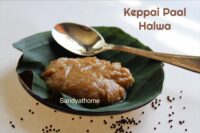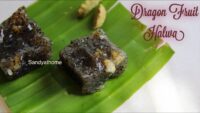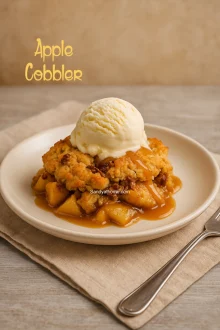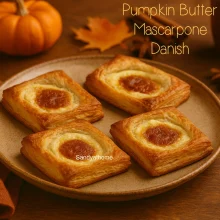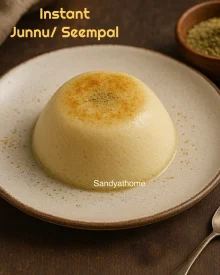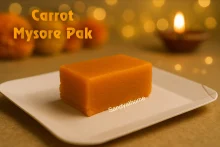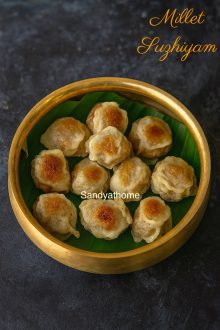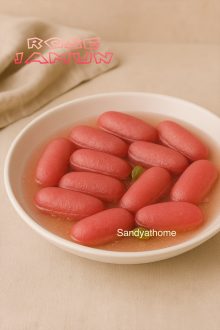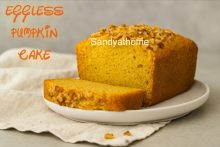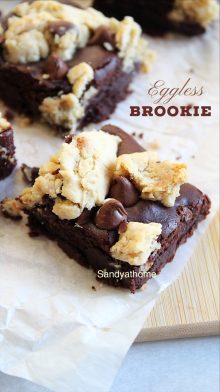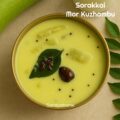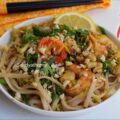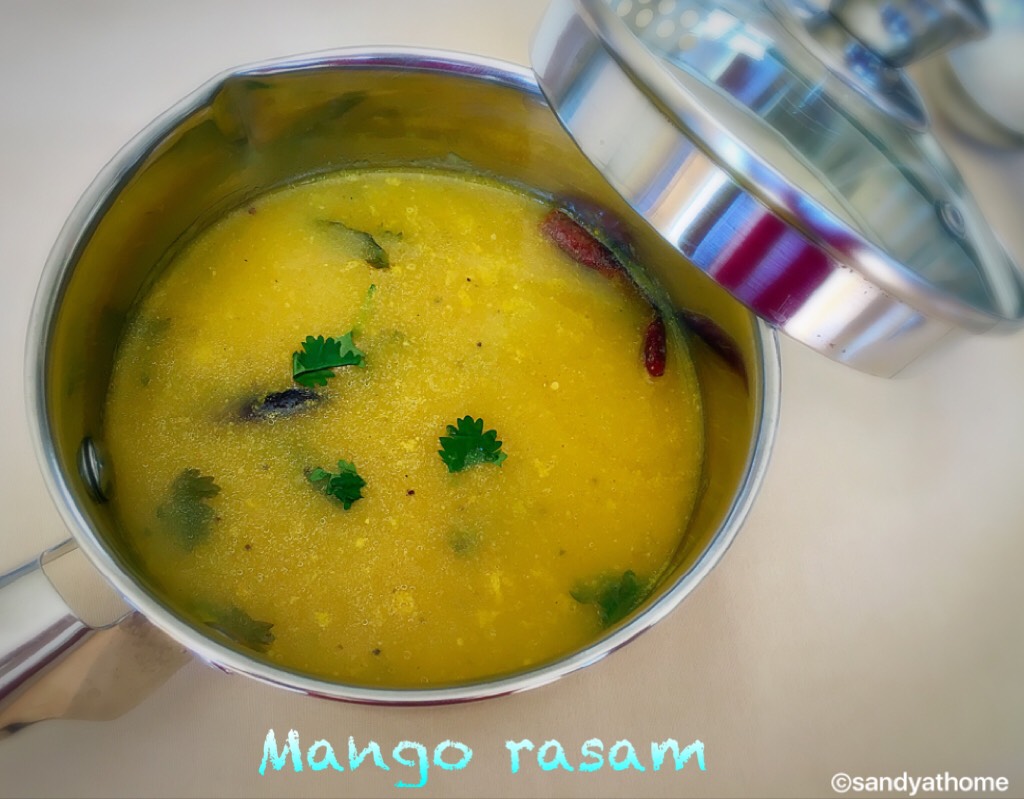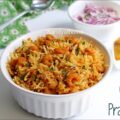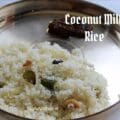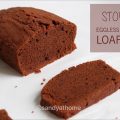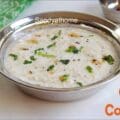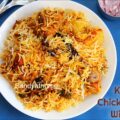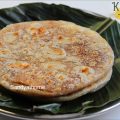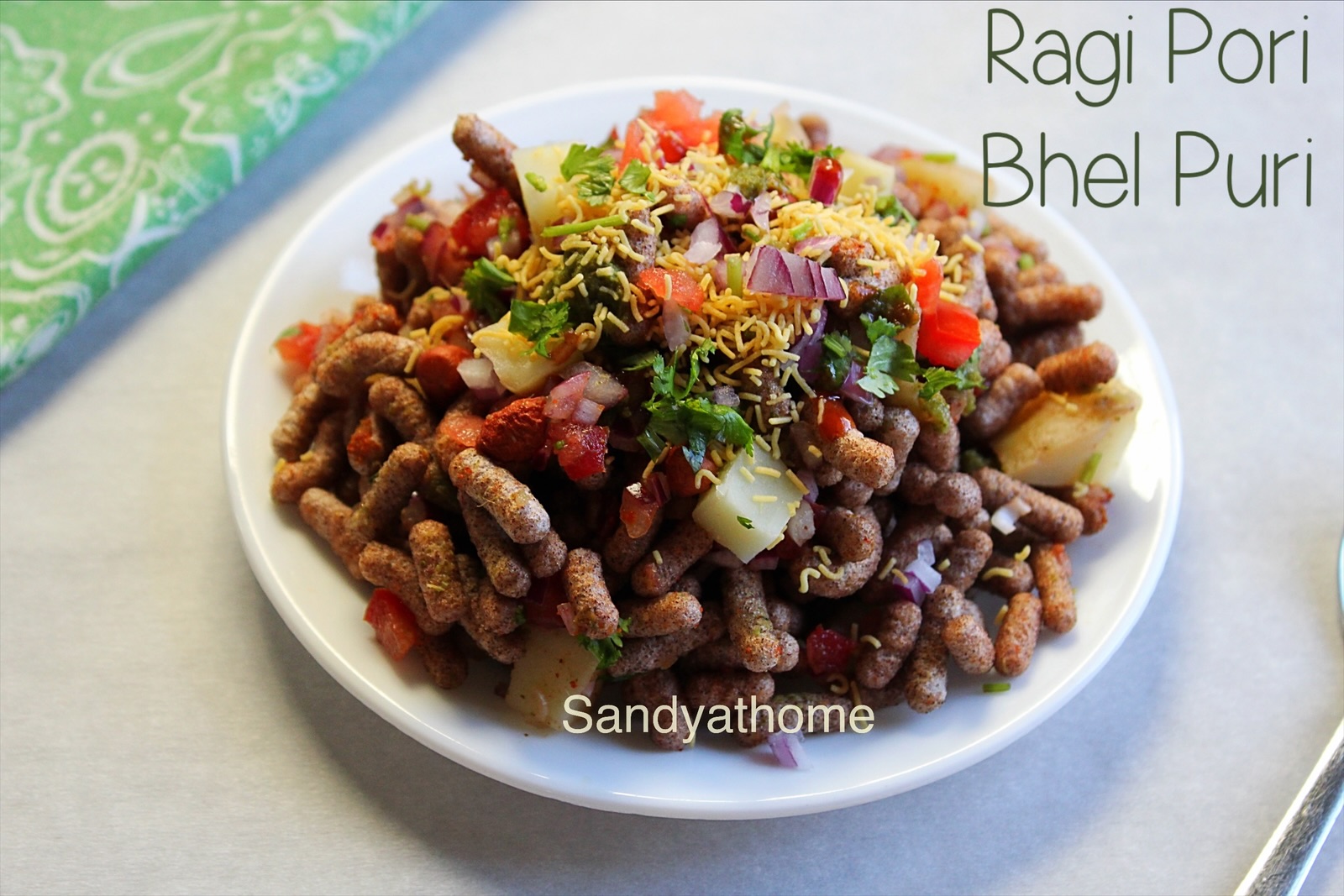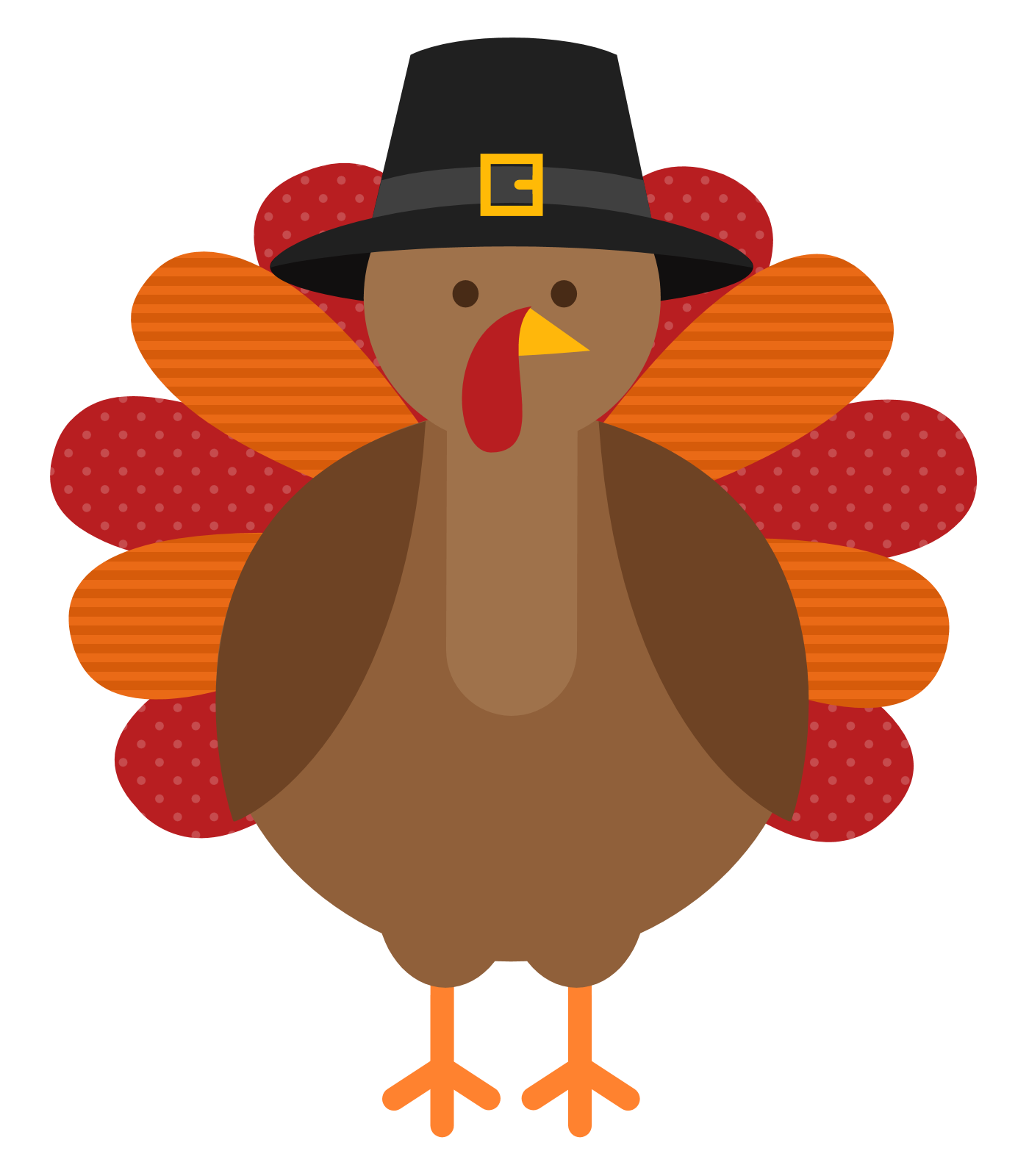It all began with a conversation over filter coffee. My friend’s mother was talking about old Tamil vratham foods, and somewhere in that flow, she softly mentioned a recipe — a sweet dish made with parangikai/ gummadi kaaya, jaggery, and coconut milk, something her own mother would make on Purattasi Saturdays, especially when dairy was avoided.
All content on this page — including the Parangikai Halwa with Coconut Milk/ Pumpkin Halwa recipe, story, wording, presentation, and styling — is original and exclusively created for Sandyathome. Copying, rewriting, paraphrasing, or reposting any part of this content is strictly not allowed under any circumstances.
She said it was the kind of recipe you won’t find in standard cookbooks, but one that draws from Tamil temple traditions and ingredients praised in older texts — thengai paal, vellam, seeraga parangikai. That stayed with me. I began exploring bits of Sangam literature, temple food references from Tanjore and Chidambaram, and ancient paatti vaithiyam books that spoke of pairing pumpkin with jaggery and coconut milk for both nourishment and coolness.
In my version, I’ve used organic cane sugar instead of jaggery — to preserve the natural golden-orange hue of the pumpkin, and let its beauty shine through without being masked by the deeper color of jaggery.
This Parangikai Halwa with Coconut Milk is my humble revival of that story — soft, light, and made without ghee or milk. Whether you’re looking for a vegan pumpkin halwa, a fasting sweet without dairy, or a wholesome Indian coconut milk dessert, this one brings comfort with every spoon.
A Bite of Revival History – Yellow Pumpkin Halwa
Pumpkin, or parangikai, wasn’t just a vegetable in ancient Tamil homes — it was revered for its cooling nature and sattvic quality, often cooked during vratham days and amavasai offerings. In many temple towns like Chidambaram and Tanjore, dishes made without ghee or milk were common during fasting rituals, where thengai paal (coconut milk) and vellam (jaggery) replaced dairy in sweets.
While exact recipes weren’t recorded, texts and temple kitchen notes spoke of slowly cooked dishes with grated pumpkin, melted jaggery, and coconut milk — meant to nourish, cool the body, and honor the divine. It’s through oral stories like the one shared by my friend’s mother, and quiet mentions in Sangam-era texts and paatti vaithiyam traditions, that this sweet resurfaced.
This Parangikai Halwa with Coconut Milk is not just a recipe — it’s a gentle echo from Tamil kitchens of the past, revived through curiosity, storytelling, and slow fire.
Jump to RecipeIngredients & Their Roles – Parangikai Halwa
| Ingredient | Role in the Recipe |
|---|---|
| Yellow pumpkin (Parangikai/ Gummadi kaaya) | Main ingredient; gives body, natural sweetness, and vibrant golden-orange color |
| Thick coconut milk | Lends creamy richness without dairy milk; brings traditional flavor |
| Organic cane sugar | Sweetener; preserves pumpkin’s natural color and provides gentle sweetness |
| Cardamom powder | Adds warm aroma and depth; a signature halwa flavor |
| Cashews | Roasted in ghee; adds nutty crunch and richness |
| Raisins | Provides bursts of sweetness and a soft, chewy texture |
| Ghee | Used for roasting nuts and enriching the halwa with traditional flavor |
| Pinch of salt | Enhances overall taste by balancing sweetness |
You May Also Like these Recipes:
Directions to make pumpkin halwa with step by step images
- Sauté in Ghee:
In a heavy-bottomed pan or iron kadai, heat 1 tbsp of ghee.
Add the grated pumpkin and sauté on medium-low heat for 5–7 minutes until soft and the raw smell fades.
- Add Thick Coconut Milk:
Lower the flame to low. Pour in 1 cup thick coconut milk.
Mix gently and cook uncovered on low heat, stirring often, until the mixture thickens and the pumpkin is fully cooked. This may take 8–10 minutes.
✨ Do not let it boil vigorously — gentle simmer only.
- Sweeten, Flavor u0026 Finish:
Add ½ to ¾ cup organic cane sugar and stir gently. Continue cooking on low flame until the halwa thickens, turns glossy, and leaves the sides of the pan. Add ½ tsp cardamom powder and a pinch of salt. In a small pan, heat a little ghee and roast broken cashews until golden. Add them to the halwa and mix gently.
(Tip: Organic cane sugar helps preserve the beautiful golden color of the pumpkin.)

Pro Tips to make tasty Yellow Pumpkin Halwa
- Use only thick coconut milk to keep the halwa creamy and prevent it from becoming watery.
- Cook on low flame after adding coconut milk to avoid curdling or oil separation.
- Choose organic cane sugar to maintain the vibrant golden-orange color of the pumpkin.
- Sauté pumpkin well in ghee before adding coconut milk — it helps deepen the flavor.
- Let the halwa rest for a few minutes after cooking — it thickens beautifully as it cools.
Serving Suggestions for Yellow Pumpkin Halwa
- Serve warm in brass bowls or on a banana leaf for a rustic, traditional touch.
- Perfect as a vratham sweet, Navaratri offering, or temple-style neivedyam.
- Can be chilled and served as a pudding-like dessert with roasted coconut flakes on top.
- Pair it with rava pongal, sundal, or thavala adai for a festive Tamil tiffin spread.
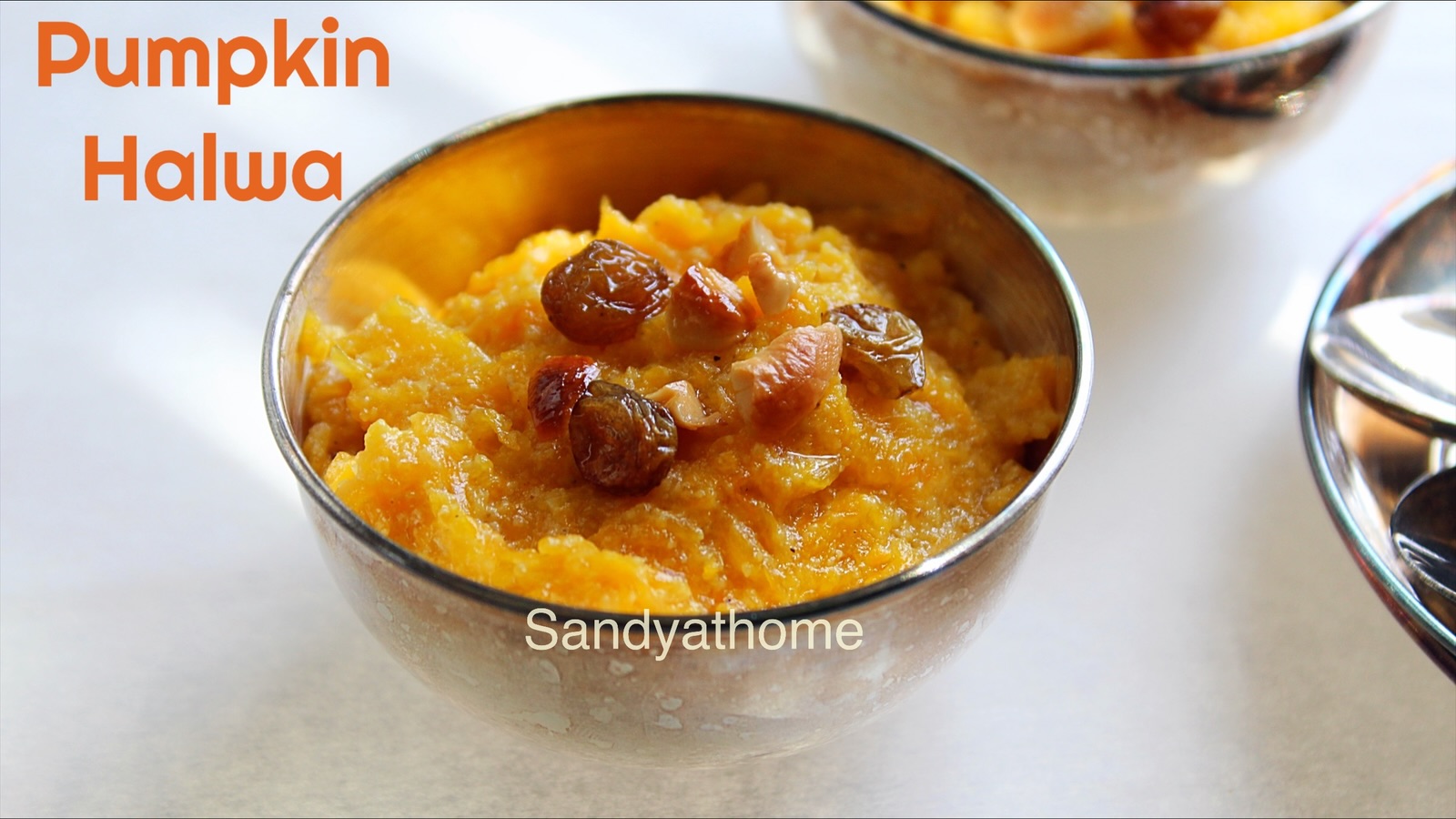
FAQs – Parangikai Halwa/ Yellow Pumpkin Halwa
Yes! This Parangikai Halwa with Coconut Milk is made without ghee or dairy milk, making it ideal for those looking for a vegan pumpkin sweet or a Tamil fasting dessert.
Coconut milk can curdle if cooked on high heat or boiled too long after adding sugar. Always cook on low flame, and add coconut milk before sugar to prevent curdling in halwa recipes.
For a lighter color and soft sweetness, use organic cane sugar. If you prefer a deep caramel flavor, you can use jaggery in pumpkin halwa — but it will change the color and taste.
Yes! Use full-fat canned coconut milk for halwa. Just shake the can well and avoid light versions. It works wonderfully in South Indian sweets made with coconut milk.
Not directly. This halwa is a revival-style recipe, inspired by fasting foods, oral traditions, and references to ingredients found in temple cuisine and Sangam-era cooking practices.
Halwa Recipes
How to make Ancient Ragi Milk Halwa, Keppai Paal Halwa
A soft, ghee-rich ragi halwa once made in Tamil Muslim homes after Bakrid — this revival sweet is slow-cooked from freshly extracted millet milk and meant to be savored, not sliced.
Dragon Fruit Halwa, How to make Fruit Halwa
A tropical Indian halwa made with cornflour, dragon fruit, ghee, and organic cane sugar — crafted in the Sandyathome revival kitchen by Sandhya Riyaz.
Sweet Recipes
Apple Cobbler, How to make Thanksgiving Apple Cobbler
A cozy, small-batch Thanksgiving apple cobbler made with just two apples, warm spices, and a golden biscuit topping. Perfect when you want a quick fall dessert without making a full tray.
Pumpkin Butter Mascarpone Danish, How to make Pumpkin Butter Danish
Flaky puff pastry filled with a creamy blend of pumpkin and mascarpone, baked until golden and irresistible — the perfect cozy fall treat for National Pumpkin Day!
Instant Junnu Recipe, How to make Instant Kharvas
A quick and nostalgic Indian milk pudding made using instant Junnu powder, raw milk, and cardamom — no colostrum needed! This gently steamed dessert sets into a soft, wobbly texture and tastes just like home, without the overpowering aroma of traditional kharvas.
Carrot Mysore Pak, How to make Ghee Carrot Mysore Pak
Soft, melt-in-the-mouth Carrot Mysore Pak made with fresh carrot puree, roasted besan, sugar, and ghee. A festive twist to the traditional Mysore Pak that’s rich, aromatic, and naturally hued — perfect for Deepavali celebrations.
Millet Suzhiyam, How to make Millet Suyyam
Celebrate Diwali the wholesome way with this Thinai (Foxtail Millet) Suzhiyam / Suyyam — a golden, crisp festive sweet filled with soft jaggery-chana dal goodness. This healthy twist keeps all the traditional flavor while swapping maida for nutritious millet flour.
Rose Jamun, How to make Paneer Rose Jamun
Paneer Rose Jamun is a delightful twist on the classic rasgulla — made fresh from curdled milk (chenna) and flavored with fragrant rose syrup. Each piece is soft, juicy, and blush-pink in color, soaked in a sweet rose-cardamom syrup that fills your kitchen with a festive aroma. Perfect for Diwali, Holi, or any celebration where you want homemade mithai magic!
Eggless Pumpkin Cake, How to make Pumpkin Cake
Soft, moist, and warmly spiced, this Eggless Pumpkin Cake melts in your mouth with a tender crumb and a cozy hint of cinnamon and nutmeg.
Mini Jangiri, How to make Mini Imarti
Mini Jangiri made with urad dal and a pinch of turmeric for natural color — golden, syrupy, and perfectly festive in every bite.
Eggless Brookie, How to make Eggless Brookie
Eggless brookies combine the best of both worlds — a chewy cookie top with a fudgy brownie base. With a shiny crinkle crust and gooey center, these bars are the perfect indulgence for chocolate lovers.
Viral Cloud Cake, How to make Vanilla Cloud Cake
A light, fluffy cloud cake made with just egg whites, sugar, and a hint of vanilla, finished with a pistachio crunch — a flourless viral dessert that melts in your mouth.


